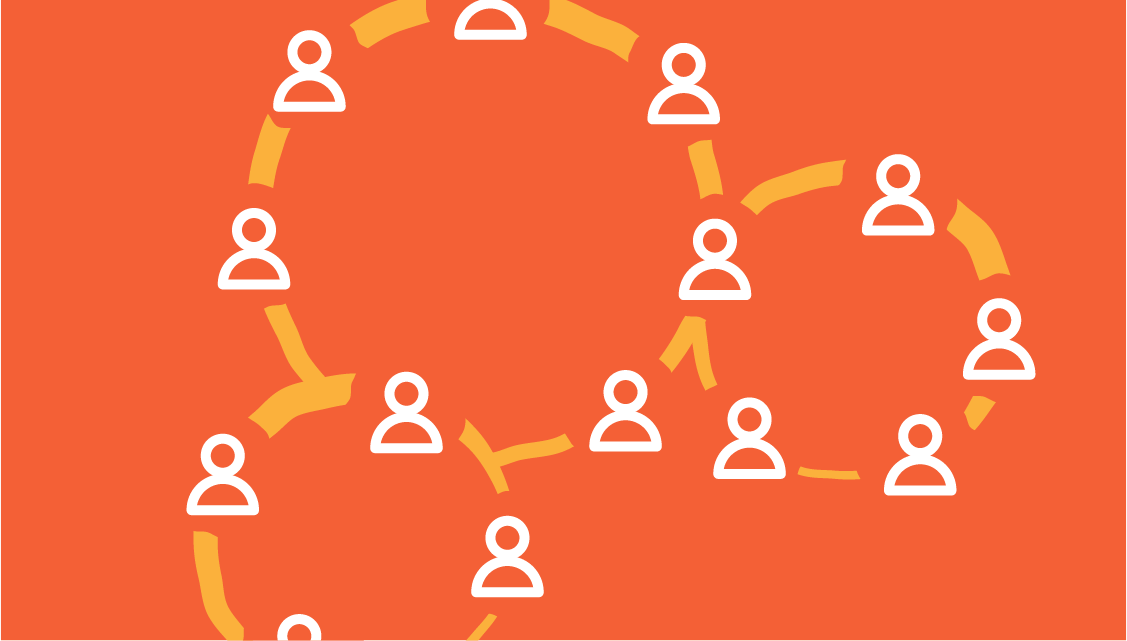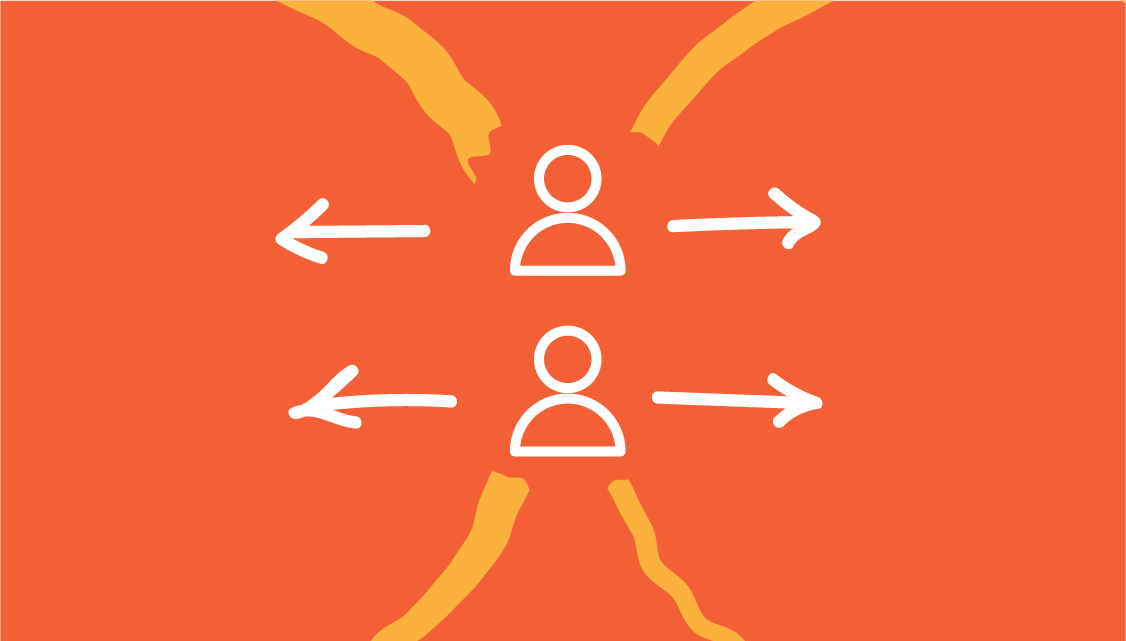In the nonprofit world, traditional top-down leadership structures can slow decision-making, disempower volunteers, and stifle innovation. What if we reimagined governance in volunteer teams through a social framework? Sociocracy, a model that prioritizes shared decision-making, clear roles, and distributed leadership, offers an intriguing approach. This thought experiment explores what implementing sociocracy in volunteer groups might look like, why it could work, and what risks it might pose.
ok everyone, circle ’round
What is Sociocracy?
Sociocracy is a governance framework emphasizing equality, transparency, and consent-based decision-making. Developed in the 1940s by Dutch engineer Gerard Endenburg, sociocracy fosters an organizational culture where every voice is valued, and power is shared.

Circle Structure
Decision-making is distributed among interdependent groups called circles, each responsible for specific domains. Circles function semi-autonomously but remain linked to the larger organization.

Consent Decision-Making
Instead of majority rule, decisions are made by consent—meaning a proposal moves forward unless someone has a reasoned, paramount objection.

Double-Linking
Representatives from each circle participate in higher-level circles to ensure communication and alignment across the organization.

Elected Roles
Roles such as facilitator and secretary are elected through a transparent, participatory process, preventing power imbalances.
tell me more
What Would a Sociocratic Volunteer Team Look Like?
Imagine a volunteer-run community initiative using sociocracy. Instead of a single leader making decisions, members are organized into self-managed circles with clearly defined responsibilities—outreach, event planning, training, and so on. Each circle has the autonomy to make decisions within its domain while maintaining communication through double-linking representatives.
Instead of traditional voting, decisions are made through consent. If a volunteer objects to a proposal, they must explain their concerns, and the team works collaboratively to adjust until a workable solution is found. This ensures decisions are inclusive and avoid polarization.
Why Would Sociocracy Work for Volunteer Groups?
Increases Engagement
Volunteers feel heard and valued, leading to greater participation and retention.
Enhances Efficiency
Eliminates bureaucracy and bottlenecks, allowing teams to act swiftly within their circles.
Builds Collective Ownership
Encourages responsibility-sharing, preventing burnout in leadership positions.
Fosters Innovation
Encourages dynamic problem-solving and adaptability through continuous feedback.
planning for success
What Are the Risks of Using Sociocracy in Volunteer Groups?
While sociocracy offers many benefits, it also presents potential challenges:
Learning Curve and Role Clarity
Volunteers may need time to understand the structure and adjust to new responsibilities. Providing small training sessions, clear documentation, and mentorship can ease this transition and prevent role confusion.
Time and Decision-Making Challenges
Consent-based decision-making can take longer than hierarchical structures, particularly in the beginning. Without clear facilitation, discussions may become lengthy or unproductive. Keeping meetings structured with clear agendas, training facilitators, and using time-boxed decision-making processes can help.
Cultural Fit and Volunteer Turnover
Some volunteers may struggle with shared leadership, while frequent turnover can disrupt stability. Gradually introducing sociocratic principles, maintaining strong onboarding processes, and assigning mentors can create a smoother transition and retain engagement.
A Thought Experiment
Implementing Sociocracy in Volunteer Groups
If you were to apply sociocracy to a volunteer team, consider these initial steps:
1
Pilot a Circle
Identify a small team or committee within your organization that can function as a test group. Use sociocratic principles to make decisions within this group before scaling up. Start with a well-defined project where outcomes can be measured.
2
Provide Training
Introduce volunteers to the concept through short workshops, simple guides, and real-life examples. Encourage open discussion about concerns and expectations. Offer role-playing exercises to practice consent-based decision-making.
3
Develop Clear Role Descriptions
Document responsibilities clearly for each role within the circles. Use feedback from volunteers to refine these descriptions over time. Consider using visual role maps for easy understanding.
4
Establish Feedback Loops
Regularly check in with teams to see how sociocracy is working. Encourage open discussion and iterative improvements. Set up regular debriefs to discuss what’s working and what needs refinement.
5
Use Facilitators
Appoint trained facilitators to help maintain meeting flow and ensure consent-based decision-making remains effective. Rotating facilitator roles can help distribute leadership skills among volunteers.
6
Expand Gradually
If the pilot is successful, slowly expand sociocracy into more aspects of the organization. Provide ongoing support as the model evolves. Ensure volunteers remain engaged in shaping the process as it scales.
take action now
Further Reading
Reimagining volunteer governance through sociocracy presents an exciting opportunity to create more inclusive, dynamic, and effective teams. While challenges exist, the potential benefits—greater engagement, autonomy, and agility—make this a compelling framework worth exploring. Organizations like Sociocracy for All operate using these principles, offering valuable insights into practical applications. Their global network of volunteers self-organizes in circles to manage outreach, training, and operations, demonstrating the adaptability and effectiveness of sociocracy in action.
For further exploration, visit Sociocracy for All at https://www.sociocracyforall.org to learn more about real-world implementations and resources for adopting sociocracy in your organization.
Keep in Mind:
Volunteers should never replace paid staff.
Their role is to support and extend the work, not to take away jobs.
Clearly define volunteer roles.
Ensure they understand their responsibilities and how they contribute to the mission.
Use volunteers to expand impact, not cut costs.
Ethical engagement means leveraging their efforts to reach more people while maintaining fair employment practices.